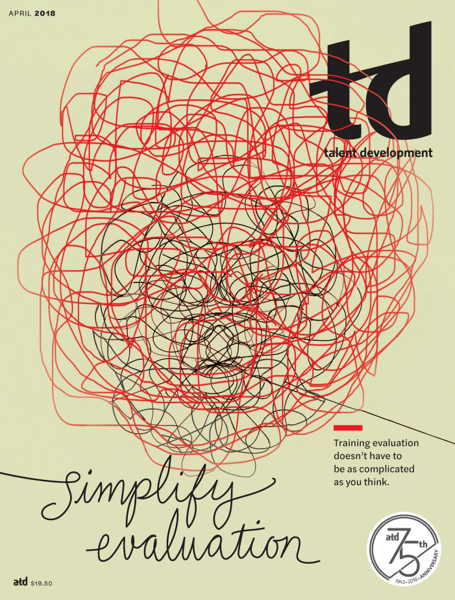TD Magazine Article
International Presentations: Top-Down or Bottom-Up?
Base your presentation structure on where in the world you’ll be.
Mon Apr 02 2018
Base your presentation structure on where in the world you'll be.
If you're preparing to deliver a presentation abroad, consider cultural expectations. While presenting with a bottom-up structure—starting with your proposal and then justifying it—may work at home, people from other areas of the world may prefer a top-down approach where you follow a logical structure to support your final proposal. Most people use both structures, but cultural educational systems help determine which one is more appropriate in business settings.
Where should you use these approaches? What makes them different?
According to Erin Myer's book, The Culture Map, the countries where organizing your presentation with a top-down structure (also known as "principles first" or "deductive reasoning") is common include France, Spain, Portugal, Germany, Austria, Russia, Mexico, Brazil, Argentina, Japan, and Singapore. This approach grabs your client's attention with essential information before touching on the finer details of what you can offer. You move from your client's current position to its problems, to the consequences, to the options available to it. Then comes your proposal.
Many people prefer top-down thinking because it begins with the details that justify your proposal. The belief is that if your client agrees and accepts the main ideas, everything that follows will be correct.
Meanwhile, The Culture Map advises that the bottom-up approach (also known as "application first" or "inductive reasoning") is popular in Canada, Australia, the United Kingdom, the Netherlands, Sweden, and Denmark. It begins with the specific details of your proposal. Next, you introduce a laundry list of issues, organizing them into groups based on similarities. Only then do you present the key explanations for your thinking. This appears to be based, in part, on the American concept of getting to the point fast so that the audience doesn't become bored and disconnect.
When cultures prefer a bottom-up approach, they often do so because it shows (ideally) that important details have not been missed or underevaluated. Also, the way information is grouped can lead to discussions or different interpretations.
Before making an international presentation, find out which type of structure your client will prefer. Remember, you never get two opportunities to make the same presentation to one audience.

